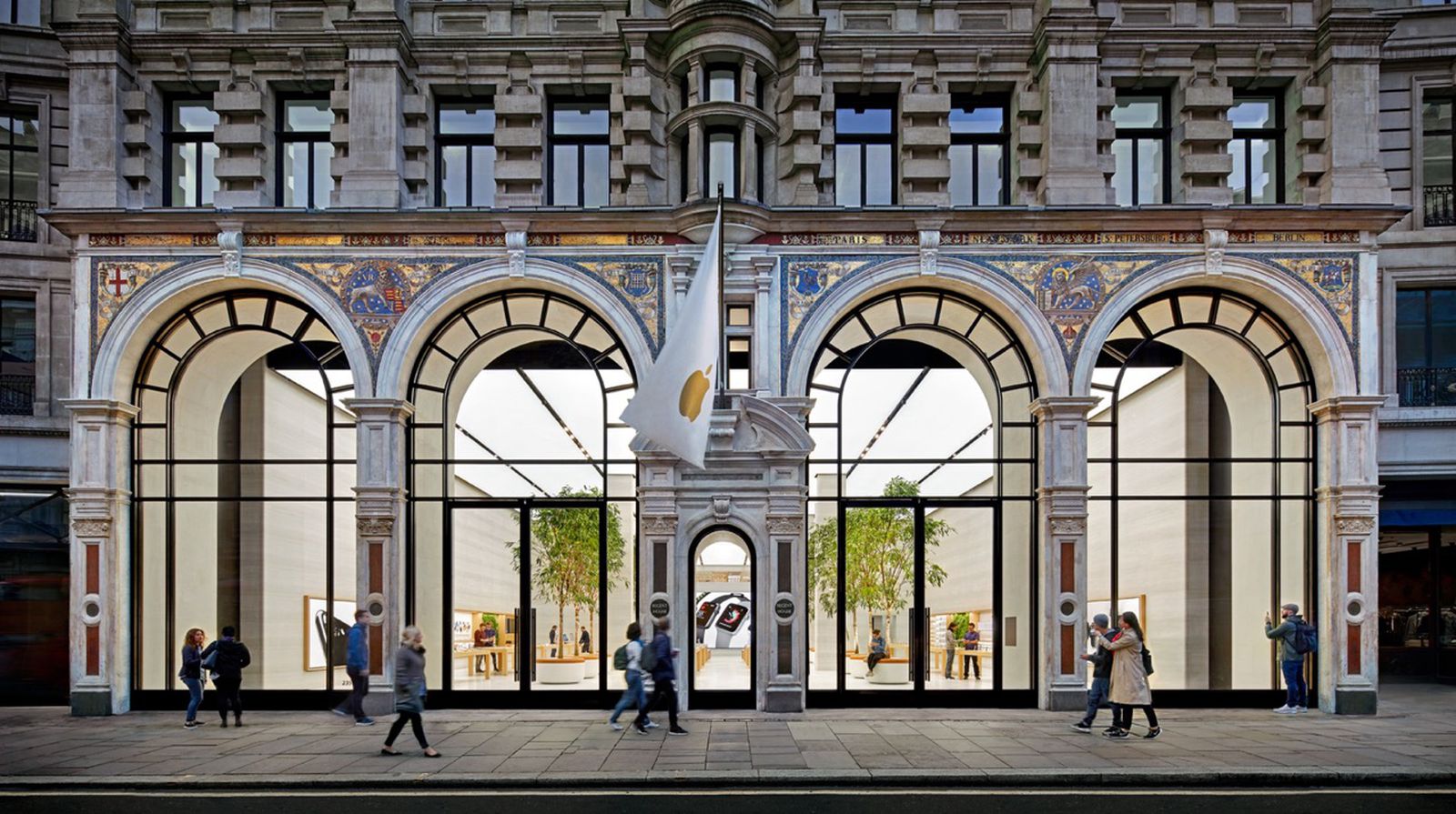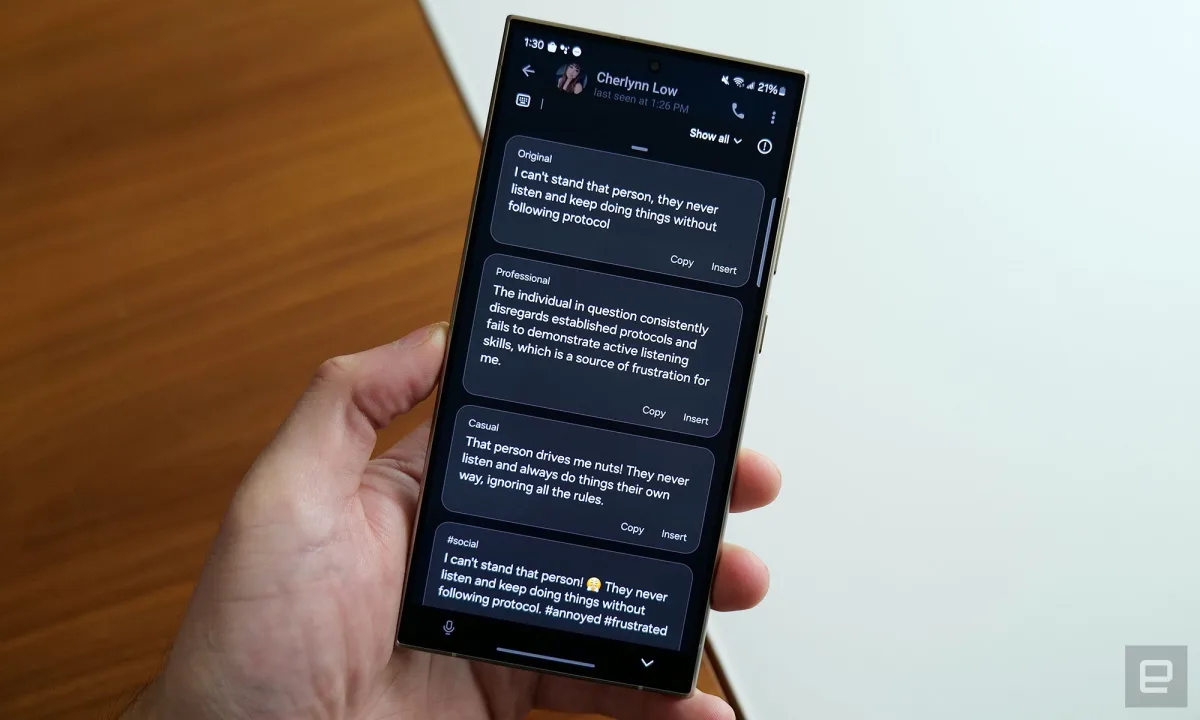Microsoft Patches AI Vulnerability After Taylor Swift Deepfake Controversy
Microsoft Fixes Bug Allowing AI Image Generator to Create Obscene Images of Taylor Swift
Microsoft fixes the loophole used in the Taylor Swift incident.

Oh, Taylor Swift. She knows how to make headlines. But this time, it wasn’t because of a new hit song or a high-profile relationship. No, it was because of AI-generated images of her that went viral. And Microsoft, the tech giant, was in the middle of it all.
The Controversy Unfolds
It all started when people began using Microsoft’s Designer AI image generator to create and share explicit artwork featuring Taylor Swift. These images quickly spread across social media, leaving fans and non-fans alike shocked and intrigued. And, of course, the internet had a field day with it.
But how did this happen? Well, Microsoft’s Designer AI image generator had a vulnerability that allowed users to create these lewd images. By switching up certain cues, they were able to bypass the system’s restrictions. It was like finding a secret passage in a video game – except with a lot more controversy.
Microsoft Takes Responsibility
As the controversy grew, Microsoft didn’t shy away from addressing the issue. CEO Satya Nadella publicly acknowledged that it was their responsibility to tighten the “guardrails” around AI technologies. And I couldn’t agree more, Satya. We need those guardrails to prevent AI from creating damaging and potentially harmful content.
Following Nadella’s statement, Microsoft patched the vulnerability. Sarah Bird, Microsoft’s Responsible AI Engineering Lead, confirmed that the necessary changes had been made. However, Microsoft couldn’t verify if the explicit images of Taylor Swift posted on Twitter were created using the Designer AI image generator. It’s possible that other methods were used to generate those images. 😮
The Battle Against Deepfakes Continues
While Microsoft has taken action to address this specific vulnerability, the battle against deepfakes is far from over. Misspelling famous names, utilizing other online tools, or even downloading models from various sources can still lead to the creation of explicit and harmful content using AI. These tools and techniques are like Hydra – cut one head off, and another two shall take its place. 🐍
So, what can we do? Well, it’s not just up to Microsoft. It’s up to all of us – tech platforms, law enforcement, and society as a whole. Satya Nadella mentioned the need for global, societal consensus on certain norms. And I believe we can make it happen. We just need to work together to create a safer online environment.
Q&A: What You Might be Wondering
Q: Can Microsoft guarantee that all instances of explicit AI-generated images have been eliminated?
A: While Microsoft has patched the vulnerability that allowed explicit AI-generated images to be created using their Designer tool, it’s challenging to guarantee the elimination of all such content. There are other methods and tools available that can still be used to create harmful content. It requires continued efforts from all stakeholders to combat this issue effectively.
Q: Are there any legal consequences for creating and sharing explicit AI-generated images?
A: The legality of creating and sharing explicit AI-generated images can vary depending on the jurisdiction. In some cases, it may be considered defamation, harassment, or even a violation of privacy laws. It’s important to consult with legal experts and understand the laws in your specific country or region.
Q: Are there any other measures that technology companies can take to prevent the misuse of AI?
A: Absolutely! Technology companies can implement stricter guidelines and restrictions on AI tools to prevent their misuse. They can also invest in developing advanced AI algorithms that can detect and flag explicit or harmful content. Additionally, collaboration between tech platforms, researchers, and policymakers is crucial in developing comprehensive strategies to address this issue.
The Future of AI and Content Creation
The Taylor Swift deepfake controversy serves as a wake-up call for the technology community. It highlights the urgent need for ethical and responsible AI development. As AI continues to evolve and become more accessible, we must ensure that it is used for positive and constructive purposes.
While Microsoft has taken steps to close this particular vulnerability, it’s a constant game of whack-a-mole when it comes to AI-generated content. As AI technologies advance, so do the techniques used to manipulate and misuse them. But that doesn’t mean we should give up. Instead, let’s keep pushing for regulations, collaborations, and ongoing research to stay one step ahead of those who seek to exploit AI’s potential for harm.
References
- Google-Backed Jio Platforms Valued Over $100 Billion+ – Learn more about the valuation of Jio Platforms.
- Streaming Media Company Plex Raises New Funds – Get insights into the fundraising progress of Plex.
- Mirantis Appoints New CEO – Discover the changes in leadership at Mirantis.
📺 Watch the video: Microsoft CEO responds to Taylor Swift deepfakes
Deanna Ritchie, the Managing Editor at ENBLE, contributed to this article.
Deanna Ritchie is an editor with over 20 years of experience in content management and development. She has worked for various publications, including Entrepreneur Media and Startup Grind. Her expertise in technology and media allows her to provide insightful analysis and commentary on trending topics. You can learn more about Deanna here.
📚 References
- Featured Image Credit: Rosa Rafael; Unsplash
- Original Article






